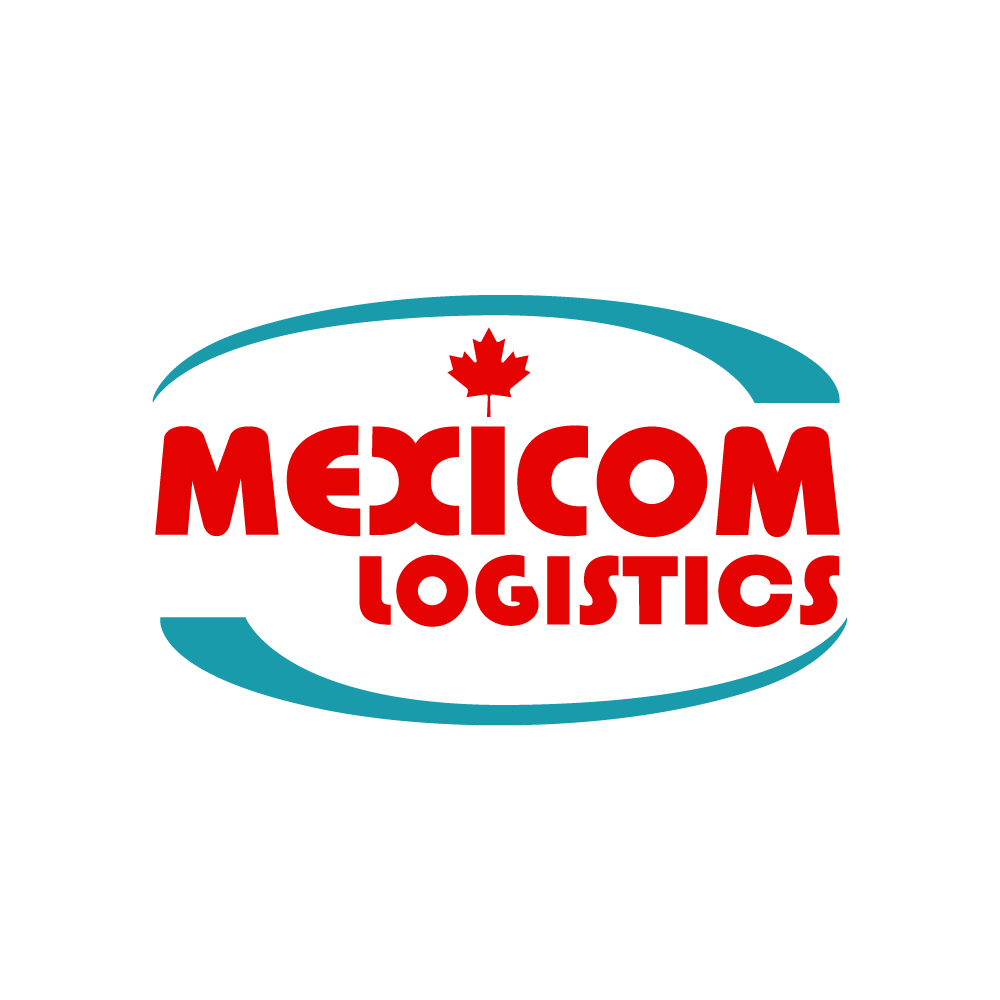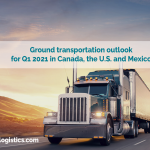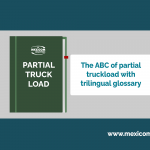Only sustainable and resilient supply chains will survive the COVID-19
Over the past years, society has become increasingly interested in the role of sustainability in the business world, including the supply chains. Amid the COVID-19 pandemic that has interrupted the activities around the globe, it has become notorious that only the best prepared and adaptable supply chains are able to handle the crisis.
The real challenge for businesses in this crisis has been to keep up the transit of essential supplies, such as medical supplies and food, without setting aside their commitment to the environment and society.
Environmental impact of freight
Freight is responsible for 8% of the greenhouse gases (GHG) emissions in the planet, a number that turns this activity into one that has a really harmful carbon footprint. The emissions are generated by the transports that burn fossil fuels, such as gas and diesel, into the atmosphere. The rise in the concentrations of GHG heats the air that covers the earth, which reflects in climate change.
In the U.S. ground transportation is responsible for 16% of the GHG emissions. According to the Environmental Defense Fund (EDF) in 2040 these emissions will rise up to 40%, which will have a notorious impact on the climate. Due to this, it’s imperative to be aware of the matter and take measures to establish sustainable supply chains. This could reduce the costs and increase profits besides lowering the emissions of GHG.
What is a resilient and sustainable supply chain?
Sustainable supply chains must respect all social, economic, political, and environmental factors involved in the supply process. Companies that consider these elements have an advantage over their competitors. They can have a strong presence in the market and improve the opinion of their clients since they have reduced the risks in their process and exceeded their performance according to the industry standards.
Besides sustainability, resilient supply chains must have installed the risk management processes that allow them to successfully take over extreme situations and recover from them as quickly as possible.
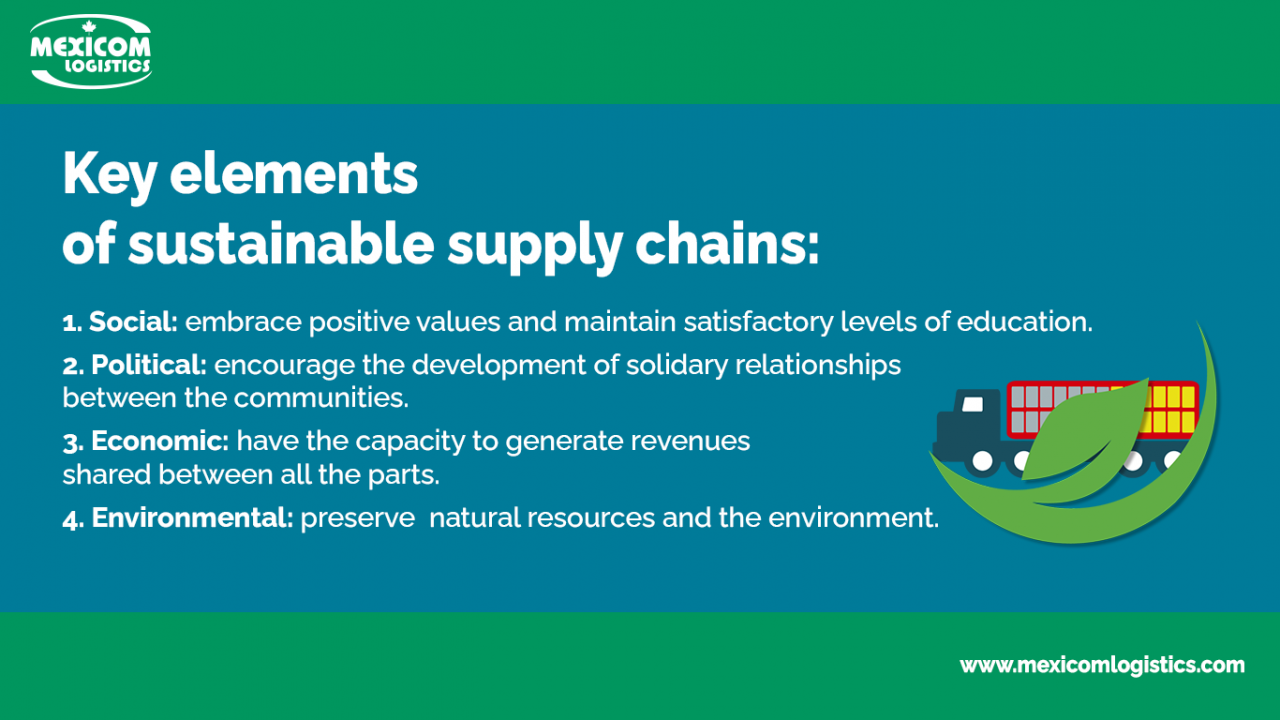
Where should you start?
Businesses must take strategic decisions to improve their adaptability, manage the risks in their operation and digitalize their processes. Those who did it before the pandemic had a tactic advantage during the crisis. The EDF published The Green Freight Handbook to give the businesses information about how to have a sustainable transportation with these steps:
- Establish metrics.
- Assess opportunities.
- Choose and implement strategies.
- Establish goals and report results.
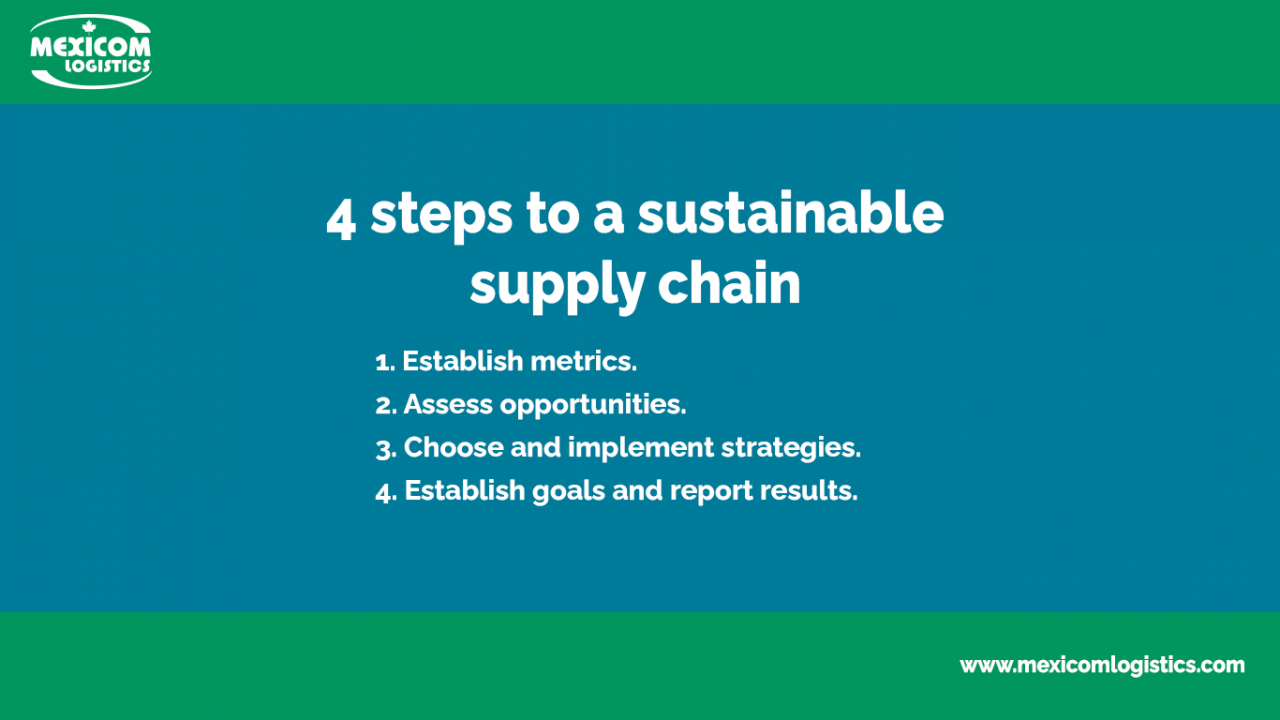
According to a paper published in thelogisticsworld.com, transformational logistics involve four interconnected components to develop sustainable and resilient supply chains:
- Processes and logistics infrastructure: restructure management processes and adapt physical resources to new circumstances.
- Knowledge: being aware of the potential and limitations of operating models.
- Confidence: resilient supply chains are confident in what they can achieve, without losing sight of their goals and with great confidence in what they can achieve.
- Facing difficulties as opportunities: supply chains with a high level of resilience are capable of reacting strongly to any adverse event.
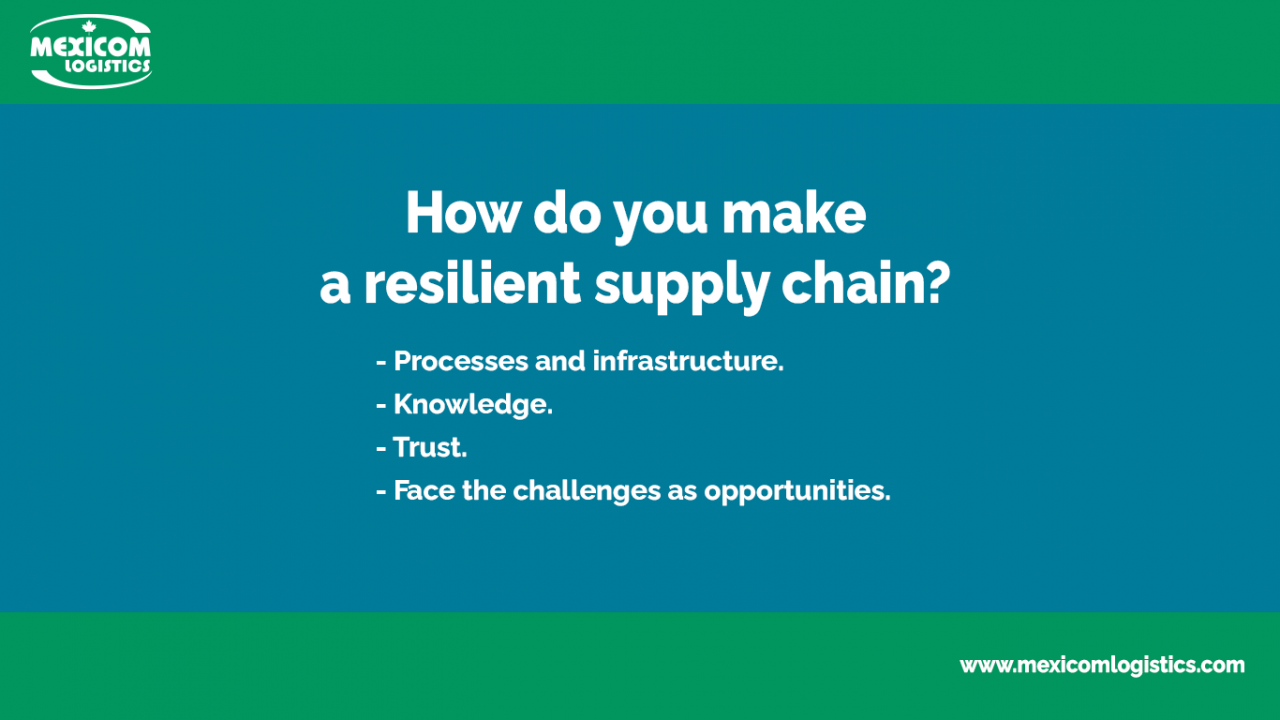
How to transport goods in a more sustainable and resilient way?
Make sure to include cost-efficient and environmentally-friendly freight transportation options in your process planning. On-ground transportation, the less than truckload (LTL) and partial truckload (PTL) services are options with lower GHG emissions and great savings.
The LTL and PTL options are suitable for loads between 1 and 30 linear feet.
When to choose the partial truckload or PTL?
The partial truckload or PTL is for you if you are looking for a cost-effective transportation option to transport a load that is less than a Full Truckload but too big for an LTL service. With the Partial Truckload option, you pay only for the space you use.
You should use the PTL when:
- Loads are between 12 and 30 linear feet You need shorter transit times than with the LTL.
- You’re looking for a cost-effective transport option. It is possible to transport your load in PTL on international shipments from Mexico and save up to 50% in transport costs.
- You want a sustainable freight transport option to produce less GHG in your supply chain.
Sources:
https://business.edf.org/insights/developing-a-green-freight-strategy/
https://supplychain.edf.org/resources/the-green-freight-handbook/
https://thelogisticsworld.com/historico/la-gestion-resiliente-en-la-cadena-de-suministro/
https://www.maritime-executive.com/editorials/adaptability-is-key-to-the-supply-chain

